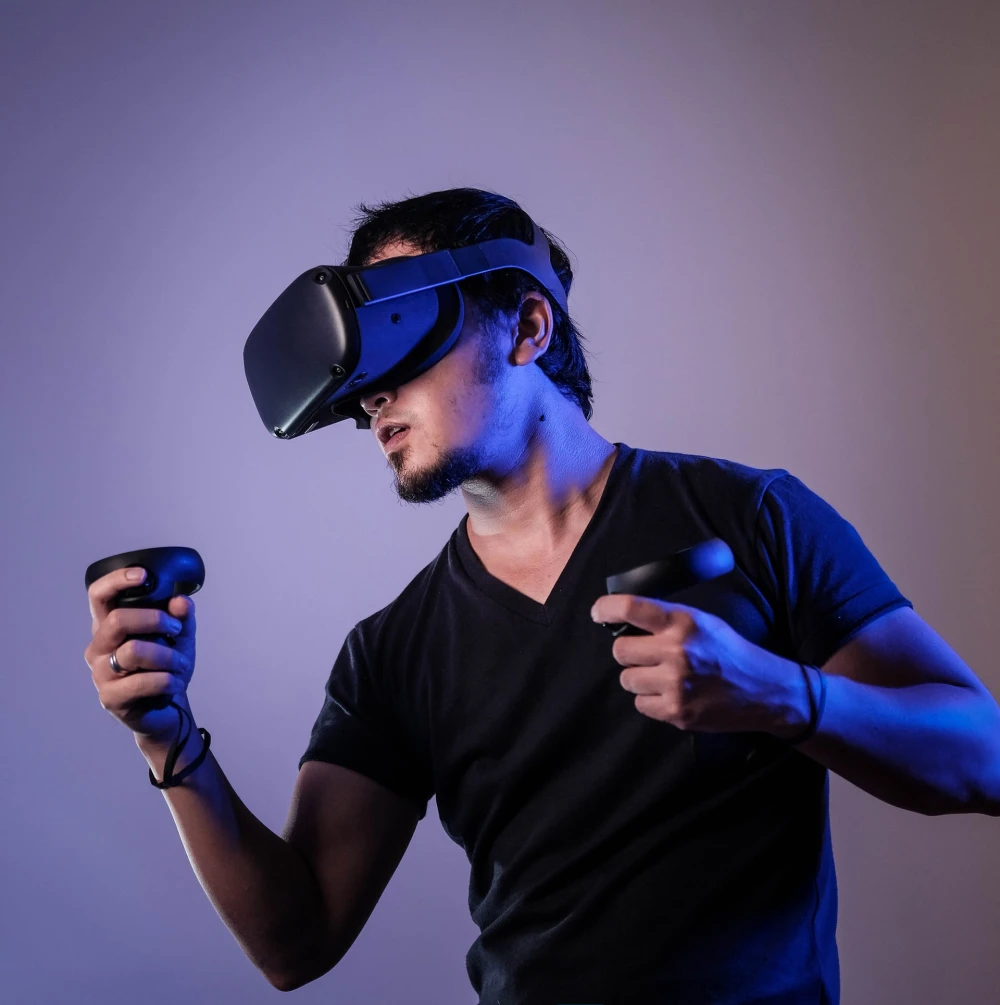Technology’s Edge in Sports
“`html
The Evolving Landscape of Athletic Excellence: How Technology is Reshaping Sports Performance
For centuries, athletic prowess was defined by raw talent, rigorous training, and sheer determination. While those elements remain crucial, the modern sporting world has undergone a dramatic transformation thanks to the relentless advancement of technology. From elite professional leagues to amateur competitions, technology’s impact on sports performance is undeniable – and constantly evolving. This post will delve into the various ways technology is being leveraged to enhance training, improve performance, prevent injuries, and ultimately, redefine what’s possible in athletics.
Data-Driven Training: The Rise of Analytics in Sports
Gone are the days when coaches relied solely on intuition. Today, a wealth of data surrounds every athlete, providing invaluable insights into their strengths, weaknesses, and areas for improvement. Sports analytics has become an integral part of coaching strategies at all levels.
Wearable Technology: Tracking Every Move
At the forefront of this revolution are wearable sensors. Devices like smartwatches, GPS trackers, and specialized sports vests collect a staggering amount of data. They monitor metrics such as heart rate, speed, distance traveled, acceleration, impact forces, and even muscle activity. For example, in running, GPS tracking can pinpoint stride length, ground contact time, and vertical oscillation – all crucial factors influencing efficiency and injury risk. In team sports like soccer or basketball, accelerometers measure the intensity of sprints, changes of direction, and collisions.
Video Analysis: Seeing the Game Differently
High-definition video cameras are ubiquitous at sporting events, but their utility extends far beyond broadcasting. Video analysis software allows coaches to dissect every movement in excruciating detail. Players can review their own performances, identify technical flaws, and work on specific aspects of their game. Teams use this technology to analyze opponents’ strategies, predict movements, and develop counter-tactics.

Biomechanical Analysis: Understanding the Physics of Motion
Biomechanical analysis uses sophisticated motion capture systems and force plates to study how athletes move. Sensors are attached to an athlete’s body, capturing their joint angles, velocities, and forces as they perform a specific skill. This data is then used to identify inefficiencies in movement patterns that could lead to injury or hinder performance. For instance, analyzing a baseball pitcher’s throwing motion can reveal imbalances that contribute to elbow strain.
Injury Prevention & Rehabilitation: Technology’s Role in Athlete Safety
The demanding nature of professional and amateur sports often leads to injuries. Technology is playing an increasingly vital role in both preventing these injuries and accelerating the rehabilitation process when they do occur.
Predictive Analytics for Injury Risk
By analyzing training load data, biomechanical markers, and past injury history, predictive models can identify athletes who are at a higher risk of sustaining an injury. Coaches can then adjust training schedules or modify techniques to mitigate these risks proactively.
Advanced Rehabilitation Tools
Technology has revolutionized rehabilitation. Exoskeletons provide support and assist with movement during recovery from injuries like ACL tears. Virtual reality (VR) environments are used to create immersive simulations of game-like situations, allowing athletes to practice skills in a controlled environment without the risk of re-injury. Furthermore, biofeedback systems help athletes regain control over their muscles and improve coordination.
Smart Fabrics & Sensors for Real-Time Monitoring
Innovative textiles embedded with sensors are being developed that can monitor muscle fatigue and detect early signs of tissue damage. These “smart fabrics” can provide real-time feedback to both the athlete and coaching staff, enabling timely interventions to prevent further injury.
Equipment Innovation: The Science Behind Performance Gear
It’s not just about what athletes do; it’s also about *how* they do it – aided by their equipment. Technological advancements are transforming sports gear, enhancing performance and minimizing risk.
Aerodynamic Design & Materials
From cycling helmets and running shoes to golf clubs and tennis rackets, aerodynamics plays a crucial role in maximizing efficiency. Advanced materials like carbon fiber, titanium alloys, and specialized polymers are used to create lighter, stronger, and more aerodynamic equipment. Computational fluid dynamics (CFD) is employed to simulate airflow and optimize designs for minimal drag.
Energy-Returning Materials
Many modern running shoes incorporate energy-returning foams that store and release mechanical energy during each stride, providing a “spring” effect that reduces fatigue and improves efficiency. Similar technologies are being integrated into other types of sports equipment to enhance performance across various disciplines.
Customized Equipment: Tailoring Performance
3D printing is revolutionizing the production of customized sporting equipment. Athletes can now have shoes, insoles, helmets, and even prosthetic limbs designed specifically for their individual biomechanics and preferences, leading to improved comfort, performance, and injury prevention.
The Future of Technology in Sports
The integration of technology into sports is far from over. We can expect even more sophisticated applications in the years to come.
Artificial Intelligence (AI) & Machine Learning: Personalized Training Programs
AI algorithms can analyze vast datasets of athlete performance data to create highly personalized training programs that adapt dynamically based on an individual’s progress and response. AI can also be used to identify optimal recovery strategies, predict injury risk with even greater accuracy, and provide real-time feedback during competitions.
Augmented Reality (AR) for Enhanced Training & Visualization
AR technology overlays digital information onto the athlete’s view of the world. Imagine a golfer receiving AR guidance on their swing or a runner visualizing their optimal stride pattern overlaid on the track in front of them.
Brain-Computer Interfaces (BCI): Mind Control for Athletes?
While still in its early stages, research into BCI technology holds intriguing possibilities for athletes. Could BCIs eventually allow athletes to control their movements with greater precision or even enhance cognitive functions like focus and reaction time?
Conclusion: A New Era of Athletic Achievement
Technology has irrevocably transformed the landscape of sports. By harnessing the power of data, advanced materials, and innovative tools, athletes are pushing the boundaries of human performance. As technology continues to evolve, we can anticipate even more groundbreaking advancements that will reshape the future of athletic achievement – demanding a constant adaptation for both athletes and coaches alike.
“`



